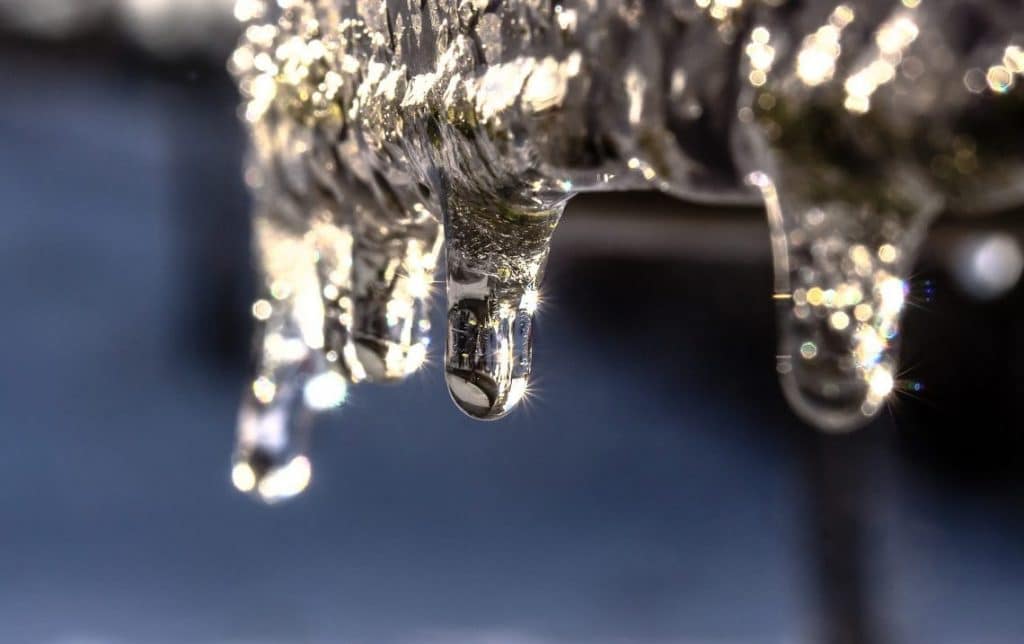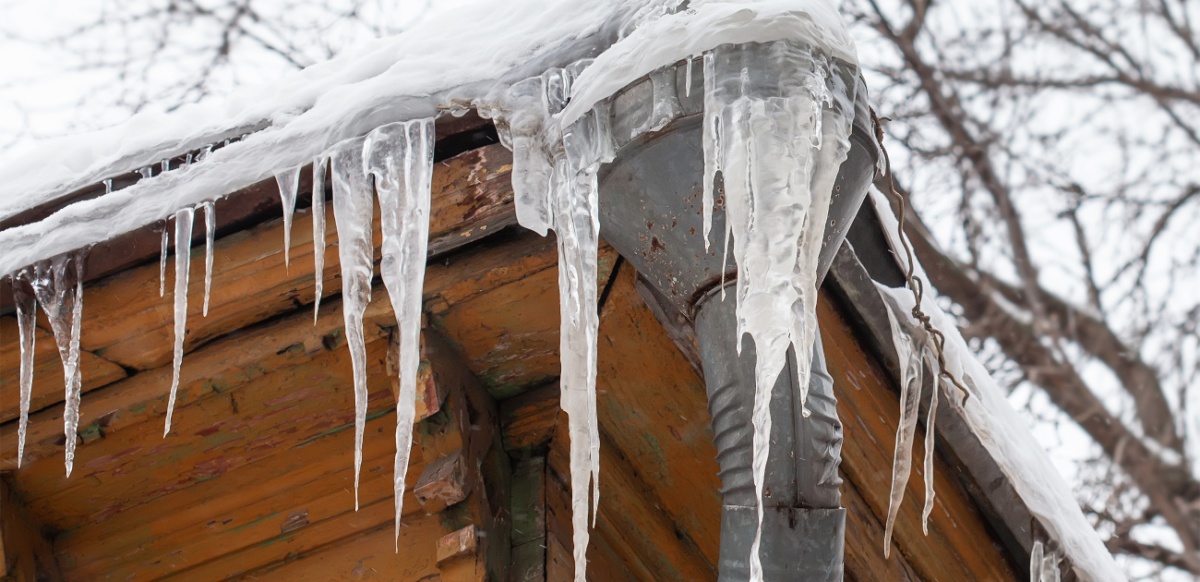Advice for Avoiding Frozen Plumbing in Winter: Professional Advice
Advice for Avoiding Frozen Plumbing in Winter: Professional Advice
Blog Article
The article down below pertaining to How to Prevent Your Pipes From Freezing is extremely compelling. Give it a try and draw your own findings.

Cold weather can ruin your plumbing, specifically by freezing pipes. Here's just how to prevent it from happening and what to do if it does.
Intro
As temperature levels decline, the danger of icy pipes boosts, potentially bring about pricey fixings and water damages. Comprehending how to prevent frozen pipelines is essential for home owners in chilly environments.
Prevention Tips
Insulating at risk pipes
Wrap pipelines in insulation sleeves or utilize warm tape to secure them from freezing temperatures. Focus on pipelines in unheated or external areas of the home.
Heating strategies
Maintain interior spaces effectively heated, specifically areas with plumbing. Open up closet doors to enable warm air to circulate around pipes under sinks.
Exactly how to recognize icy pipes
Seek decreased water flow from faucets, unusual odors or sounds from pipelines, and visible frost on subjected pipelines.
Long-Term Solutions
Architectural modifications
Consider rerouting pipes away from outside wall surfaces or unheated locations. Include additional insulation to attic rooms, basements, and crawl spaces.
Updating insulation
Buy top notch insulation for pipes, attic rooms, and walls. Correct insulation assists preserve constant temperature levels and minimizes the risk of icy pipes.
Protecting Exterior Plumbing
Yard tubes and exterior faucets
Disconnect and drain garden tubes before winter months. Set up frost-proof spigots or cover outdoor faucets with shielded caps.
Comprehending Icy Pipes
What causes pipes to freeze?
Pipes ice up when exposed to temperatures below 32 ° F (0 ° C) for extended durations. As water inside the pipes ices up, it increases, taxing the pipeline walls and potentially creating them to rupture.
Risks and problems
Frozen pipes can lead to supply of water interruptions, residential or commercial property damage, and costly repair services. Ruptured pipelines can flood homes and create extensive structural damages.
Indicators of Frozen Water Lines
Determining icy pipes early can avoid them from breaking.
What to Do If Your Pipelines Freeze
Immediate activities to take
If you suspect icy pipelines, maintain taps open to soothe pressure as the ice melts. Utilize a hairdryer or towels soaked in warm water to thaw pipelines slowly.
Final thought
Avoiding icy pipes requires aggressive measures and fast actions. By understanding the causes, signs, and preventive measures, home owners can secure their plumbing throughout winter.
6 Proven Ways to Prevent Frozen Pipes and Protect Your Home
Disconnect and Drain Garden Hoses
Before winter arrives, start by disconnecting your garden hoses and draining any remaining water. Close the shut-off valves that supply outdoor hose bibs and leave the outdoor faucet open to allow any residual water to drain. For extra protection, consider using faucet covers throughout the colder months. It’s also important to drain water from any sprinkler supply lines following the manufacturer’s directions.
Insulate Exposed Pipes
Insulating your pipes is an effective way to prevent freezing. Pipe insulation is readily available at home improvement stores and is relatively inexpensive. Pay close attention to pipes in unheated areas such as the attic, basement, crawl spaces, or garage. Apply foam insulation generously to create a buffer against the cold. You can also wrap your pipes in heat tape or thermostat-controlled heat cables for added warmth.
Seal Air Leaks
Inspect your home for any cracks or openings that could let in cold air. Seal any holes around the piping in interior or exterior walls, as well as the sill plates where your home rests on its foundation. Additionally, make sure to keep your garage door closed unless you’re entering or exiting. Leaving it open creates a significant air leak that can lead to frozen pipes.
Allow Warm Air Circulation
During cold snaps, it’s essential to allow warm air to circulate evenly throughout your home. Leave interior doors ajar to promote better airflow. Open kitchen and bathroom cabinets to help distribute heat consistently around the rooms. If you have small children or pets, be sure to remove any household chemicals or potentially harmful cleaners from open cabinets for safety.
Let Faucets Drip
A small trickle of water can make a big difference in preventing ice formation inside your pipes. When temperatures drop significantly, start a drip of water from all faucets served by exposed pipes. This continuous flow helps prevent the water from freezing. Additionally, running a few faucets slightly can relieve pressure inside the pipes, reducing the chances of a rupture if the water inside does freeze.
https://choateshvac.com/6-proven-ways-to-prevent-frozen-pipes-and-protect-your-home/

I was shown that report on Prevent Frozen Pipes from a good friend on a different domain. If you please take a moment to promote this entry if you liked it. Thank you for going through it.
Prices & Booking Report this page